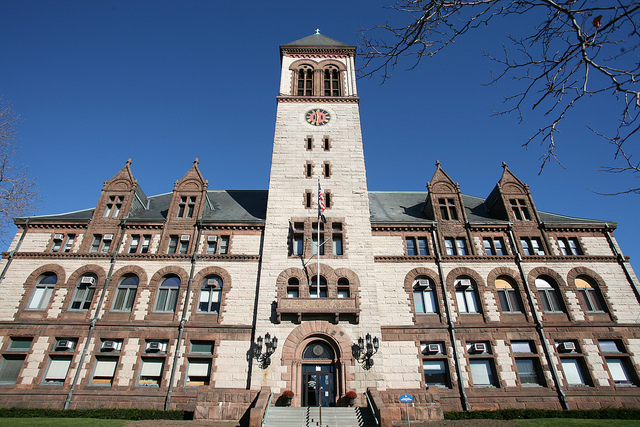Code Green Solutions


Last July, the city of Cambridge, Massachusetts enacted a building energy use disclosure ordinance (1360) joining the ranks of cities throughout the United States in benchmarking efforts to reduce energy use and greenhouse gas (GHG) emissions. Energy use in buildings accounts for approximately 80% of GHG emissions in Cambridge. The ordinance requires owners of buildings to track and report annual energy use data to the city including: site and source energy use intensity (EUI), greenhouse gas emissions, and ENERGY STAR performance score. This performance data will be made publicly available online.
In addition to promoting transparency, and catalyzing citywide energy efficiency improvements, public disclosure allows potential property buyers, tenants, realtors, energy service providers and others to consider the actual energy and water performance of buildings when making choices. Similar to having access to the nutritional contents of a protein bar, individuals can now use this public data to influence decision-making. A prospective tenant, for example, could use such data to calculate what to expect in terms of utility bills.
Cambridge began its efforts by requiring municipal buildings greater than 10,000 square feet to report annual energy use. This data was reported using U.S. EPA’s ENERGY STAR Portfolio Manager tool.
A total of 38 municipal buildings participated in this first round of reporting, including schools, offices, recreational centers, libraries, fitness centers, fire/police stations, and water treatment/distribution centers. School facilities represented the highest percentage of energy usage, followed by water treatment, and recreational facilities. This dataset can be downloaded from The Cambridge Department of Public Works website and viewed on GBIG.
Going forward, Cambridge’s ordinance addresses energy and water use in commercial and institutional buildings that are greater than or equal to 25,000 square feet, including multi-family buildings that have 50 or more units. Following this initial year of reporting, data collected will be disclosed on an annual basis through a public city website.